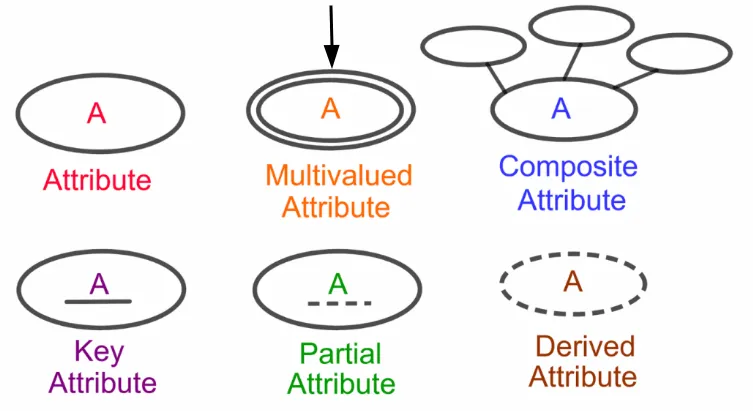Conceptual Design
Focus on high-level data structure representation
A data model is an abstraction mechanism that enables the construction of a conceptual data representation for users. It describes not only the data structure at a conceptual level but also includes a set of basic operations on the structured data.
Database Management Systems (DBMS) are designed based on specific data models, which can be classified as:
Conceptual Design
Focus on high-level data structure representation
Implementation
Independent of specific database systems
What is the Entity-Relationship Model?
The Entity-Relationship (E-R) Model, introduced by Peter Chen in 1976, is a cornerstone of database design that provides a conceptual framework for describing data in terms of entities, their attributes, and relationships between entities.
Data Focus
Emphasizes data structure and relationships without implementation details
Visual Representation
Provides clear graphical notation for complex data relationships
System Independence
Works independently of specific database management systems
Scalability
Easily adaptable to evolving system requirements
Entities are the foundation of the ER model, representing distinct objects or concepts in the system.
erDiagram EMPLOYEE { string employee_id PK string name date hire_date }
erDiagram EMPLOYEE ||--o{ DEPENDENT : has DEPENDENT { string dependent_name PK string relationship date birth_date }
Relationships define how entities interact with each other.
erDiagram CUSTOMER ||--|{ ORDER : places ORDER ||--|{ ORDER_ITEM : contains PRODUCT ||--o{ ORDER_ITEM : "appears in"One-to-One (1:1)
Many-to-Many (N:M)
One-to-Many (1:N)
Recursive Relationships
Ternary Relationships
Simple Attributes
erDiagram PERSON { string name number age string email }Composite Attributes
erDiagram PERSON { string first_name string last_name address address } ADDRESS { string street string city string postal_code }Multivalued Attributes
erDiagram PERSON { string name string[] phone_numbers string[] email_addresses }Derived Attributes
erDiagram EMPLOYEE { date birth_date number age number years_service }
erDiagram VEHICLE ||--o{ CAR : "is a" VEHICLE ||--o{ MOTORCYCLE : "is a" VEHICLE ||--o{ TRUCK : "is a" VEHICLE { string vehicle_id string manufacturer date year } CAR { number doors string type } MOTORCYCLE { string engine_type } TRUCK { number cargo_capacity }Every supertype entity must belong to at least one subtype
Supertype entities may not belong to any subtype
Cardinality Constraints
Participation Constraints
Entity Identification
Relationship Modeling
Attribute Organization
Constraint Definition
erDiagram STUDENT ||--|{ ENROLLMENT : has COURSE ||--|{ ENROLLMENT : contains PROFESSOR ||--o{ COURSE : teaches DEPARTMENT ||--|{ PROFESSOR : employs DEPARTMENT ||--|{ COURSE : offers
STUDENT { string student_id PK string name date enrollment_date string[] contact_info }
COURSE { string course_id PK string title number credits string description }
PROFESSOR { string professor_id PK string name string[] specializations date hire_date }
DEPARTMENT { string dept_id PK string name string location string chair_person }
ENROLLMENT { string enrollment_id PK date enrollment_date string grade string semester }